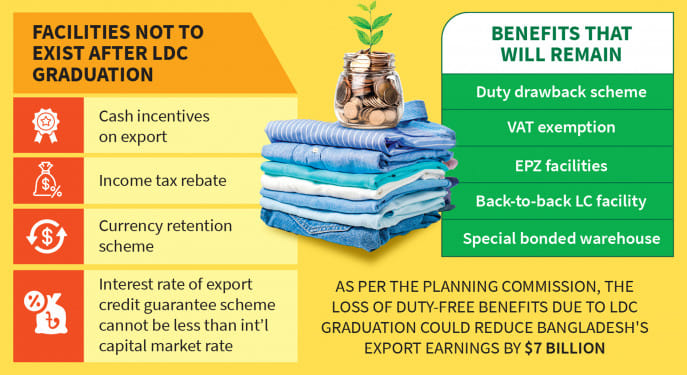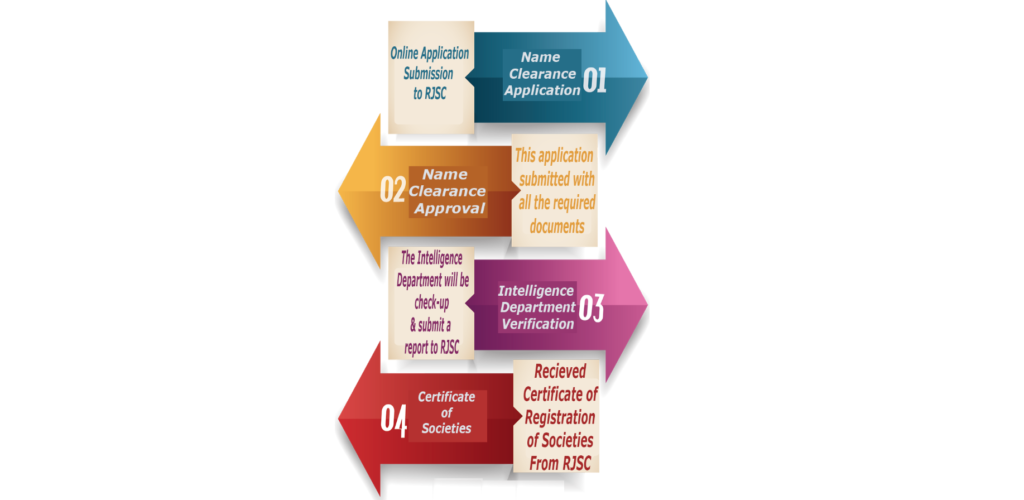The cash incentives for garment exports will decrease by 0.5 percentage points every six months.

The government will gradually withdraw the cash incentives for apparel exports from July 2026, reducing it by 0.5 percentage points every six months. By July 2026, the entire incentive will be phased out. This reduction in incentives will also apply to other export sectors, with the goal of completely phasing out cash incentives by 2026.
As part of this plan, the Ministry of Commerce has already initiated measures to gradually reduce cash incentives, starting from January of the current year. This includes reducing the rate of incentives by one-third annually until they are completely phased out in 2026.
Additionally, as an alternative to cash incentives, electricity bills for primary textile manufacturers will be subsidized by up to 10%, licensing fees for exporters will be waived, and a maximum of 1% supplementary duty on imported capital and raw materials may be imposed, exempting all other types of duties.
Furthermore, in an effort to promote sustainable practices, industries requiring continuous electricity will be assisted in setting up green energy units and establishing efficient treatment plants and environmentally friendly factories.
The apparel sector, which accounts for the largest share of exports, receives the highest amount of cash incentives. However, the Bangladesh Bank has started implementing this roadmap since January of the current year, affecting the apparel and textile industries the most.
Currently, the government provides cash incentives opposite to 43 sectors. Among them, the highest expenditure is on cash incentives for the export-oriented domestic textile sector, instead of bond and duty drawback alternatives. Most apparel exporters benefit from these incentives, with a rate of 4%. This rate was reduced to 3% in a circular issued by the Central Bank on January 30.
The circular also reduced incentives for other export sectors like jute, frozen fish, potatoes, and processed meat, sometimes from 10% to zero, or from 20% to 15%.
Industry leaders in the apparel sector are concerned about the withdrawal of cash incentives. They argue that once incentives are phased out after the graduation from the Least Developed Country status, the government will need to provide various forms of support to keep the industry competitive in the global market.
Analysts suggest that according to World Trade Organization policies, cash incentives will no longer be allowed after the LDC graduation. Therefore, both the business community and the government must prepare to support export-oriented industries through alternative policies.
The cash incentives are significant. In the current fiscal year’s budget, a total of Tk 15,225 crore has been allocated for export incentives and remittances. Of this, Tk 4,000 crore is for remittance incentives, while the rest is for exporters. Nearly 70% of this goes to apparel exporters.
This post is also available in:
বাংলাদেশ (Bengali)







Responses